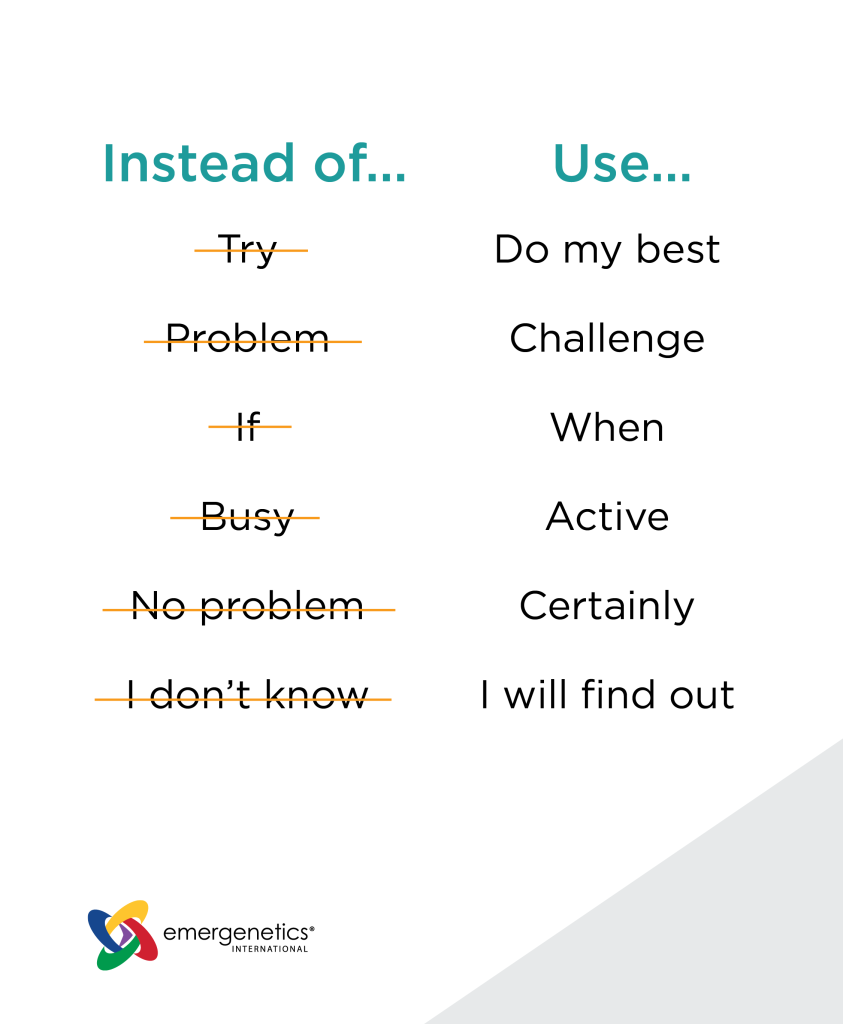
What makes an exceptional organizational culture?
As shared throughout the series, workplaces certainly have distinct styles and methods of operations, and the ones that stand out share a common focus on the six core elements:
- Communication
- Collaboration
- Care
- Connection
- Commendation
- Career
Next up, I’m exploring the concept of Care, which comes to life in the ways that leaders, supervisors and teammates show respect for the holistic well-being of every employee.
What Is the Impact of Care?
When the idea of workplace wellness comes up, it’s often accompanied by images of deep breathing, mindfulness exercises, walking challenges or insurance benefits. Those are all great ways to boost the mental and physical health of team members, and that’s the tip of the iceberg.
Caring cultures are committed to supporting holistic well-being, or the financial, social, emotional, mental and physical fitness, of staff. Leaders in these organizations want their people to thrive and not simply get by in their day-to-day.
The reality is that many employees struggle with personal wellness. Deloitte reported that less than two-thirds of workers say their physical and mental health are good or excellent, and less than half rated their social and financial health positively. Industry sectors also impact the statistics with educators being twice as likely to experience job-related stress than other working adults. These challenges contribute to burnout, which leads to increased absenteeism, reduced performance and higher turnover rates that negatively affect the bottom line as well as employee morale.
By comparison, productivity and profitability increase in thriving environments where personnel report higher rates of well-being.
What Does Care Look Like in the Workplace?
To dive into the details of how this aspect of culture comes to life, I’ll describe some of the conditions that are typically present in an organization that is dedicated to advancing wellness.
1. A sense of optimism is prevalent across the workforce. Keep in mind that any given day may have some ups and downs, and generally, internal stakeholders will have upbeat attitudes and beliefs about where the organization is heading and the work they engage in.’
2. Paid time off (PTO) is taken and encouraged. Did you know that only half of workers report “always” or “often” using all of their vacation days? Managers and leaders at healthy workplaces promote and encourage time away from the office.
3. Goals are motivating and realistic. When objectives seem out of reach, it can reduce morale. It also is an indication that leadership may not be in touch with what their staff can realistically accomplish. In a strong environment, the bar is set high and in a way that goals are achievable.
4. Employees feel comfortable asking for help. We all need a hand sometimes, especially when juggling multiple tasks at and outside of work. Staff who are part of a healthy climate know that they can speak up when they need help and are not afraid of any repercussions for doing so.
5. Work-life boundaries are respected. While there are times when balance may not be in perfect equilibrium, the norm in a culture of caring is for off-hours to be honored, and for teams to respect the different hats their colleagues wear in their personal and professional lives.
6. Mental well-being is championed. The activities and benefits influencing this aspect (and the next four) of wellness are likely to vary based on the organization, and a commitment to mental health can show up through mindfulness and stress management courses, benefits for therapy or flexible work arrangements.
7. Physical fitness is valued. This programming may focus on the health benefits offered such as gym memberships or stipends, insurance as well as activities designed to encourage staff to stay physically fit.
8. Social wellness is prioritized. Caring for the social well-being of employees involves investing in initiatives that build meaningful relationships with colleagues, which may come to life through team building, management training and more.
9. Emotional support is offered. Emotional health is related to mental health, and it’s worth calling out separately as there are so many elements to consider with the two lenses. By prioritizing emotional wellness, leaders and internal stakeholders commit to building an environment of psychological safety and positivity.
10. Financial wellness is promoted. Monetary concerns are often common sources of stress. To advance the financial state of staff, leaders may offer competitive compensation, retirement plans, access to financial planners, discount programs and more.
One Tip to Amplify Care in the Workplace
One way to integrate care into a culture is to proactively use positive language and thinking. At Emergenetics, we use the Language of Grace, which means applying strengths-based language to encourage motivation and engagement. The effort is small, and the impact is powerful!
Positive psychology has been shown to improve health outcomes, increase optimism and enhance social and emotional well-being. To begin making a shift in this arena, start by reframing words tinged with negativity (or the ones that may make people feel deflated) with phrases that promote optimism. Here are a few ideas:

Emergenetics Associates – If you’d like to learn more about how to use the Language of Grace, be sure to revisit this blog post.
When employees are cared for, greater productivity will be unleashed, creating a loyal workforce that is committed to driving the organization forward. For more ideas on how you can strengthen well-being in your workplace, be sure to explore our Culture Fitness Toolkit!
Download our toolkit today or fill out the form below to speak with one of our team members about how Emergenetics can cultivate care in your company or school!
 Print This Post
Print This Post

